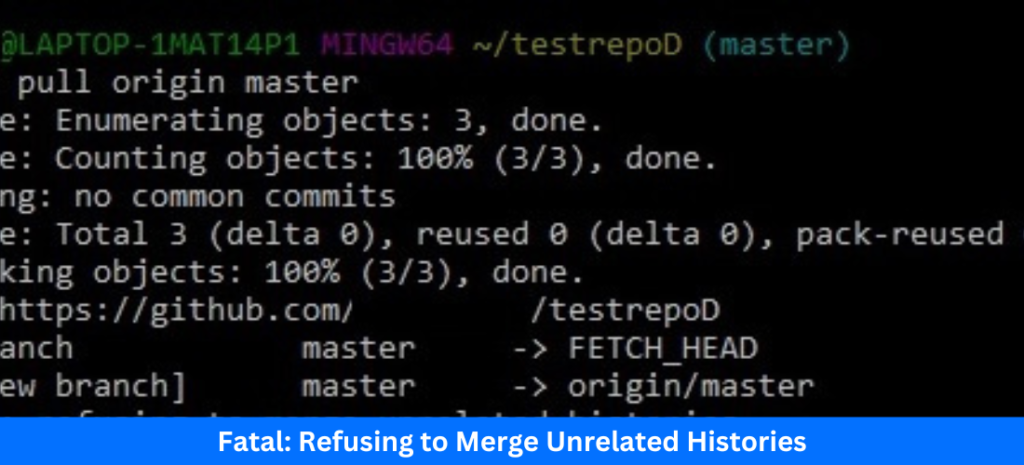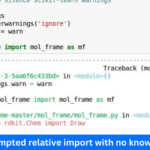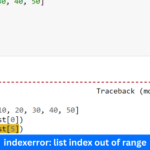Introduction
Git is a powerful version control system that allows developers to track changes and collaborate on codebases. However, when working with Git, you may encounter errors that can be frustrating and challenging to resolve. One such error is the “fatal: refusing to merge unrelated histories” message, which occurs when trying to merge two branches with unrelated commit histories. In this blog post, we will explore the causes of this error, its implications, and provide step-by-step solutions to resolve it.
Understanding Git Merge and Commit Histories
Before diving into the error, let’s briefly review how Git merge and commit histories work.
- Git Merge: Git merge is a command used to combine changes from two branches into a single branch. This is useful when you want to integrate changes from a feature branch into the main branch.
- Commit Histories: Commit histories refer to the sequence of commits made to a branch. Each commit represents a snapshot of changes made to the codebase.
Causes of the “Fatal: Refusing to Merge Unrelated Histories” Error
The “fatal: refusing to merge unrelated histories” error occurs when Git detects that the two branches you are trying to merge have unrelated commit histories. This can happen in the following scenarios:
- New Repository: When you create a new repository and try to merge a branch from another repository, Git will refuse to merge because the commit histories are unrelated.
- Disconnected Branches: If you have two branches that have diverged significantly, Git may consider their commit histories unrelated.
- Reinitialized Repository: If you reinitialize a repository using
git initorgit rebase, the commit history will be lost, leading to unrelated histories.
Implications of the Error
The “fatal: refusing to merge unrelated histories” error has significant implications for your development workflow:
- Lost Work: If you are unable to merge branches, you risk losing work done on the feature branch.
- Delayed Releases: The error can delay releases, as you may need to spend time resolving the issue before merging changes.
Read Also: Understanding and Resolving “ImportError: Attempted Relative Import with No Known Parent Package”
Solutions to Resolve the Error
Fortunately, there are several solutions to resolve the “fatal: refusing to merge unrelated histories” error:
Solution 1: Use the --allow-unrelated-histories Option
The simplest solution is to use the --allow-unrelated-histories option when merging branches:
Bash
git merge --allow-unrelated-histories <branch-name>This option tells Git to ignore the unrelated histories and proceed with the merge.
Solution 2: Rebase the Feature Branch
If you are working on a feature branch, you can rebase it onto the main branch using:
Bash
git rebase mainThis will replay the commits from the feature branch onto the main branch, creating a linear commit history.
Solution 3: Create a New Merge Commit
If rebasing is not an option, you can create a new merge commit using:
Bash
git merge --no-ff <branch-name>This will create a new merge commit that combines the changes from both branches.
Solution 4: Use git pull with --allow-unrelated-histories
If you are trying to merge changes from a remote repository, you can use:
Bash
git pull origin <branch-name> --allow-unrelated-historiesThis will fetch the changes and merge them into your local branch.
Read Also: Understanding the “invalid literal for int() with base 10” Error in Python
Conclusion
The “fatal: refusing to merge unrelated histories” error can be frustrating, but it’s easily resolvable using the solutions outlined in this post. By understanding the causes and implications of the error, you can take steps to prevent it from occurring in the future. Remember to use the --allow-unrelated-histories option, rebase feature branches, create new merge commits, or use git pull with --allow-unrelated-histories to resolve the error and keep your development workflow running smoothly.



